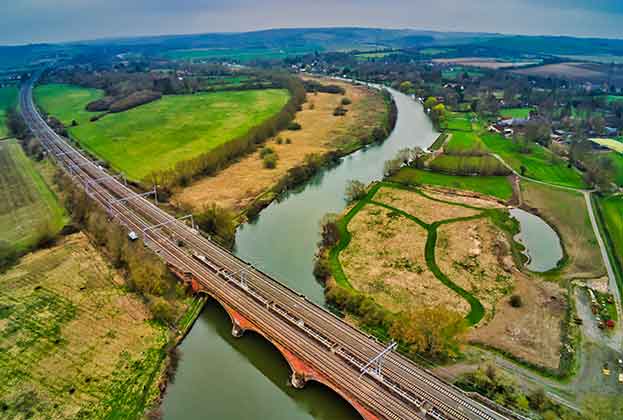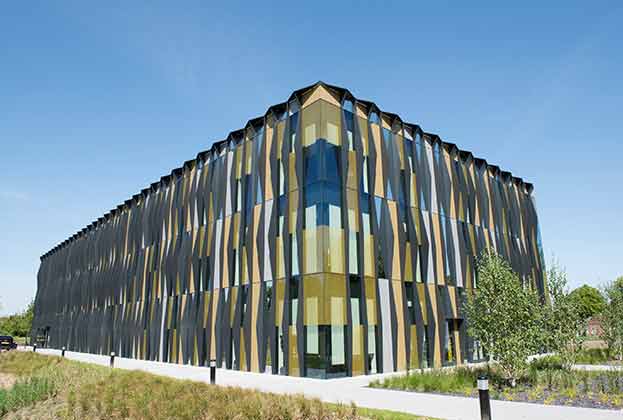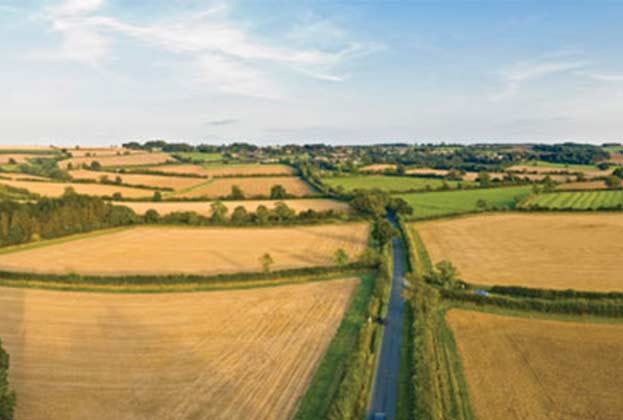One of the greatest opportunities for economic growth in Europe?
Unlocking potential
The arc of land encompassing Oxford, Milton Keynes and Cambridge is one of the most dynamic and innovative places in Europe today. It is already home to 3.7 million people and generates over 2 million jobs. If the present ambitions are fulfilled, by 2050 it will have grown by a further 2 million people and at least a further million jobs.
But it is not just about big numbers. It is also about prosperity. The arc contains globally renowned ‘ideas engines’ such as its universities and science parks, a powerful magnet for inward investment. Capitalising on that economic strength is undoubtedly a key part of how the country will keep pace with a rapidly changing global economy.
The arc has many such strengths on which it can build, and some weaknesses that need to be addressed too. If done well, its growth can result in a place where its people enjoy prosperous lives with fulfilling work set in a sustainable environment.
This is a project that will stretch over 30 years or more. Our productivity, placemaking, connectivity and environment will all have changed substantially by then.
So in thinking about that ambition and how to unlock opportunity, in the short term we need a clear understanding of current trends and patterns. This report analyses the dynamics already at play in the arc. But the longer-term requires more ambition, and so, this report also aims to identify where the industry can innovate to deliver the right real estate to help unlock the full potential of this strategically important area.
Summary
- The Oxford-Cambridge arc could deliver 1 million new homes and 1.1 million new jobs by 2050, if the required new infrastructure is delivered.
- 2.1 million people work in the arc, and employment growth has averaged 44,000 new jobs per year for the last five years. Productivity is over 3% higher than the UK average.
- The arc needs to deliver an additional 3.9 million sq. ft. of office/R&D floorspace in the next 10 years. Longer-term, by 2050, there will be a need for 9.6 million sq. ft. more floorspace.
- To meet the government’s ambitions, land for an additional 680,000 homes beyond the existing pipeline needs to be identified, equivalent to around 23,000 hectares. Delivering 1 million new homes would also generate requirements for an extra 69 million sq. ft. of warehouse space.
Read the articles within The Oxford-Cambridge Innovation Arc below.
.jpg)

.jpg)




.jpg)

